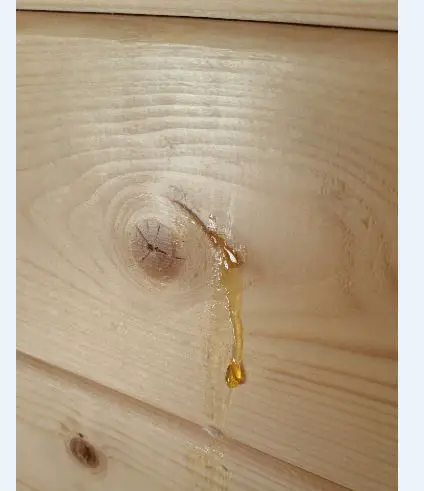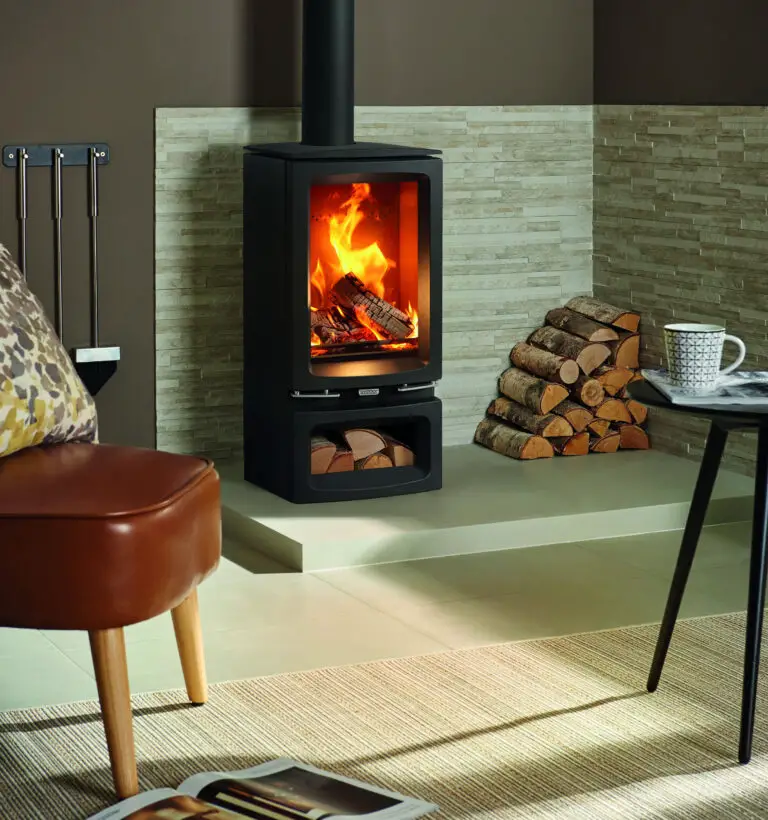What Grit Sandpaper for Staining Wood : Expert Guide for Perfect Finish
When it comes to staining wood, the preparation process is just as important as the staining itself. One crucial step in this preparation is sanding, which helps to smooth out the surface and create an optimal texture for the stain to adhere to. However, choosing the right grit sandpaper for the job is essential to achieving the desired result. In this article, we will explore the various grits of sandpaper and their specific uses in the wood staining process.
Understanding Grit Sandpaper
Sandpaper is classified by its grit size, which refers to the number of abrasive particles per square inch of the paper. The higher the grit number, the finer the sandpaper. Lower grit numbers indicate coarser sandpaper, while higher grit numbers denote finer sandpaper. Understanding the differences between these grits is crucial for knowing which to use at each stage of the wood staining process.
Choosing the Right Grit
Before staining wood, it’s essential to start with a coarser grit sandpaper to remove any existing finish, smooth out imperfections, and create an ideal surface for the stain to penetrate. Common coarse grits for this initial sanding include 60, 80, and 100. These grits are effective at stripping away the old finish and leveling the surface of the wood.
Once the surface is sufficiently smooth, it’s time to progress to a medium grit sandpaper to further refine the wood. Grits in the range of 120 to 150 are ideal for this phase, as they help to remove any scratches left by the coarser sandpaper and prepare the wood for the staining process.
Finally, before applying the stain, it’s essential to use a fine grit sandpaper to achieve a smooth and uniform surface. Grits of 180 to 220 are commonly used for this final sanding stage, as they help to create a surface that will absorb the stain evenly and showcase the natural beauty of the wood.
Additional Tips
When sanding wood for staining, it’s crucial to follow the grain of the wood to avoid creating scratches and imperfections that may be visible after staining. Additionally, using a sanding block or a random orbit sander can help to ensure a more even and consistent sanding process.
After sanding, it’s important to thoroughly clean the wood to remove any dust and particles that may interfere with the staining process. A tack cloth or a soft brush can be used to ensure the wood is free of any debris before applying the stain.

Credit: www.peteshardwoodfloors.com
Frequently Asked Questions On What Grit Sandpaper For Staining Wood : Expert Guide For Perfect Finish
What Grit Sandpaper Is Best For Wood Staining?
The best grit sandpaper for wood staining is usually 120 to 150 grit for smoothing wood and preparing it for staining.
How To Choose The Right Grit Sandpaper For Wood Staining?
When selecting sandpaper for wood staining, consider starting with a coarser grit, such as 120, and then gradually moving to a finer grit, like 150, for a smoother finish.
Can I Use A High Grit Sandpaper For Wood Staining?
Using a high grit sandpaper, such as 220, can be too smooth for staining wood as it might not allow the stain to penetrate the wood effectively.
What Happens If I Use A Low Grit Sandpaper For Staining Wood?
Using a low grit sandpaper, like 80 or 100, may leave deep scratches on the wood, impacting the overall appearance of the stain.
Conclusion
Choosing the right grit sandpaper for staining wood is a critical step in the wood staining process. By starting with a coarser grit to remove old finish, progressing to a medium grit to refine the surface, and finishing with a fine grit for a smooth finish, you can ensure that the wood is adequately prepared for the staining process. Taking the time to sand the wood properly will ultimately result in a more professional and visually appealing finish.





